Semcon
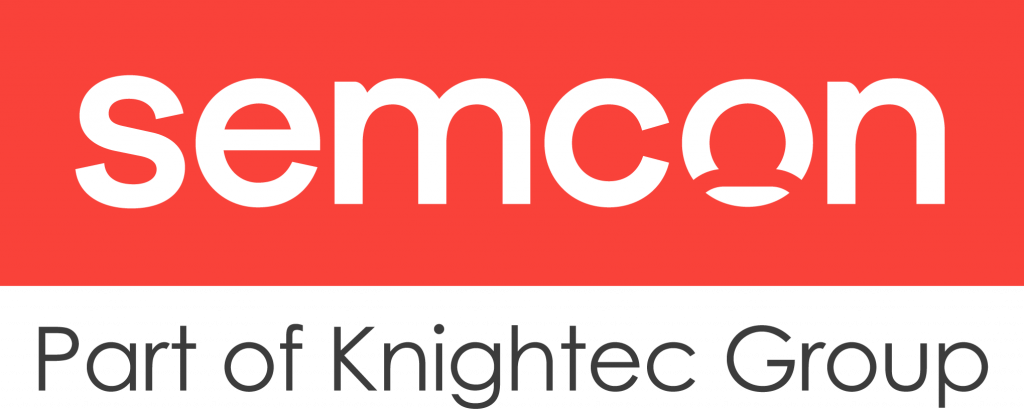
Semcon is the owner and project manager of the HSEIF-2 research project. Together with USN being the academic responsible, and AOH supporting with design thinking we form the project management.
The scope of the project was to develop new, marked leading and differentiating ways of product development methodologies, tools and processes. The expected outcome was fact-based decisions, using data analysis tools and methods. All the partners attending were interested in learning and sharing between the partners, and to evaluate different co-operation and sharing technics.
Sporveien

Sporveien was invited into the project in 2022 and decided to join in the fall of 2022. The main focus for us was to experience the use and processing of big data in context of a digitization process in an organization. We accepted two students, one master student and one post. Doc. candidate.
We participated in several workshops where several project partners presented their work which related to the subject. All of the workshops was found interesting and informative. We found special interest in the topic Gigamapping and thought the topic is very relevant for use in our organization.
Kongsberg Maritime
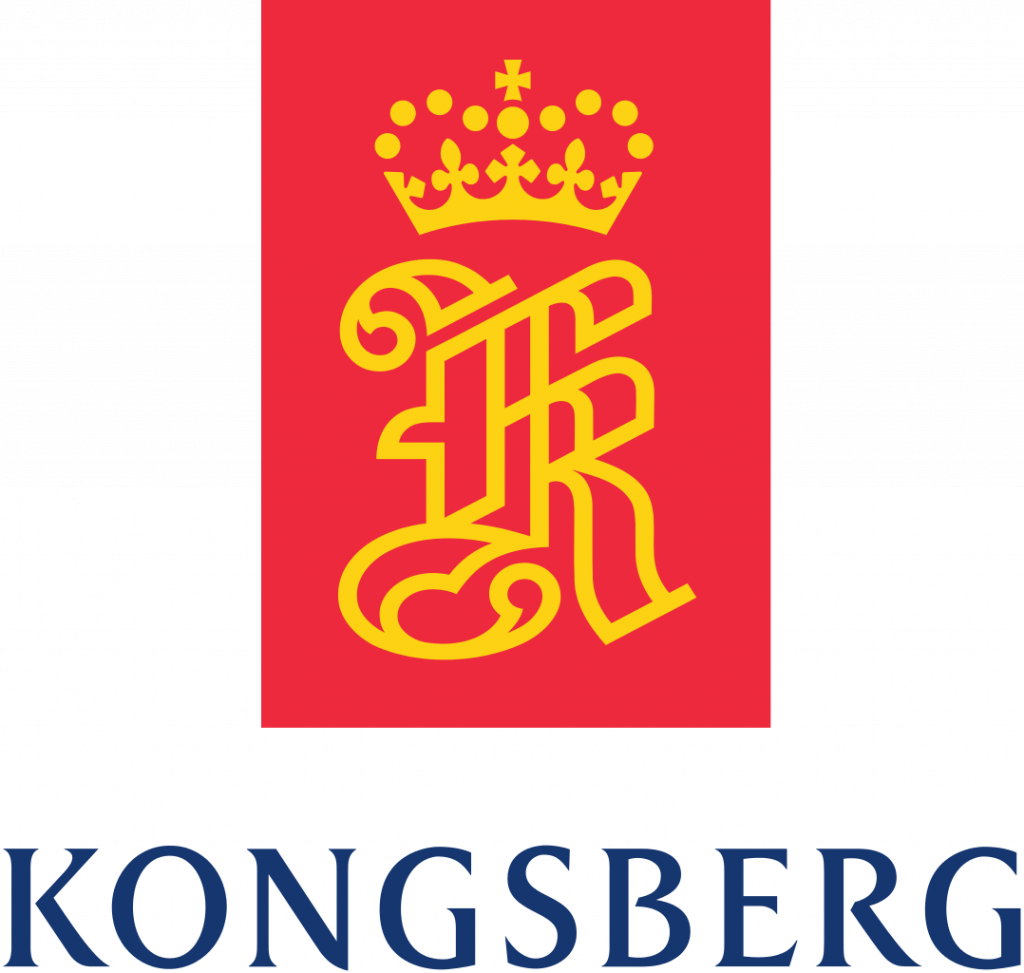
In the H-SEIF 2 project, Kongsberg Maritime has explored System Oriented Design (SOD) as a new approach to addressing sociotechnical complexity. With a well-established systems engineering environment, our goal has been to acquire new knowledge and tools that can complement existing methods. We have focused particularly on early-phase processes and the development of long-term perspectives for the implementation of new technologies and operational methods.
Kongsberg Defence & Aerospace (KDA)

To develop processes and methods for the development and verification of good user interfaces, especially for use in stressful situations. KDA’s scenario in the project is a system of systems where one or more operators must be able to relate to several systems moving in the terrain. It is essential to ensure good situational awareness for the operator and a user interface that facilitates well-informed decisions as much as possible.
The Norwegian Mapping Authority
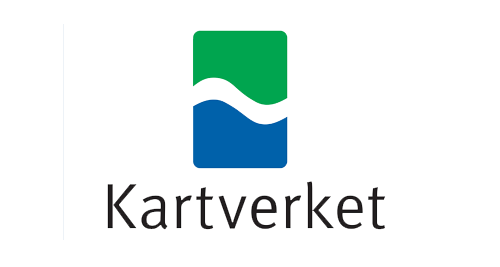
The Norwegian Mapping Authority is a complex organization with various governmental roles, tasks and initiatives within our four divisions (Land, Maritime, Geodesy and Land Registry). We also have extensive collaboration with other public agencies, universities and the private sector, and many initiatives ongoing at all times.
Project funding is a challenge, and it is more important than ever that we consider funding for projects outside of the annual government appropriations, to pursue our visions and goals.
TechnipFMC
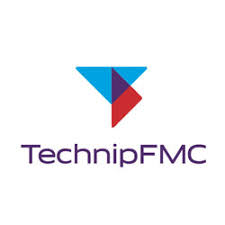
TechnipFMC has gained valuable insights from the H-SEIF 2 research project, particularly regarding data quality in tests (emergent events). Improving this data quality will enhance analysis and facilitate sensemaking, crucial for closing feedback loops within the test department and early product development.
ECIT

ECIT has focused on sustainability in the HSEIF project. ECIT has been on a sustainability journey. Specifically, ECIT identify opportunities to improve the environmental impact of their services. Among them, data centers play an important role as they are responsible of large consumption of energy. Through the HSEIF project we have had an opportunity to go deeper into what kind of data is available to be able to map areas ECIT can contribute to, and how we will measure our contribution.
Kongsberg Innovation

The goal of Kongsberg Innovation in H-SEIF 2 was to utilize data-driven methods for early-stage innovation. The main objective is to apply developed frameworks and new insights to better assist small and mid-sized companies by customizing their development processes with big data.
Yeti Move
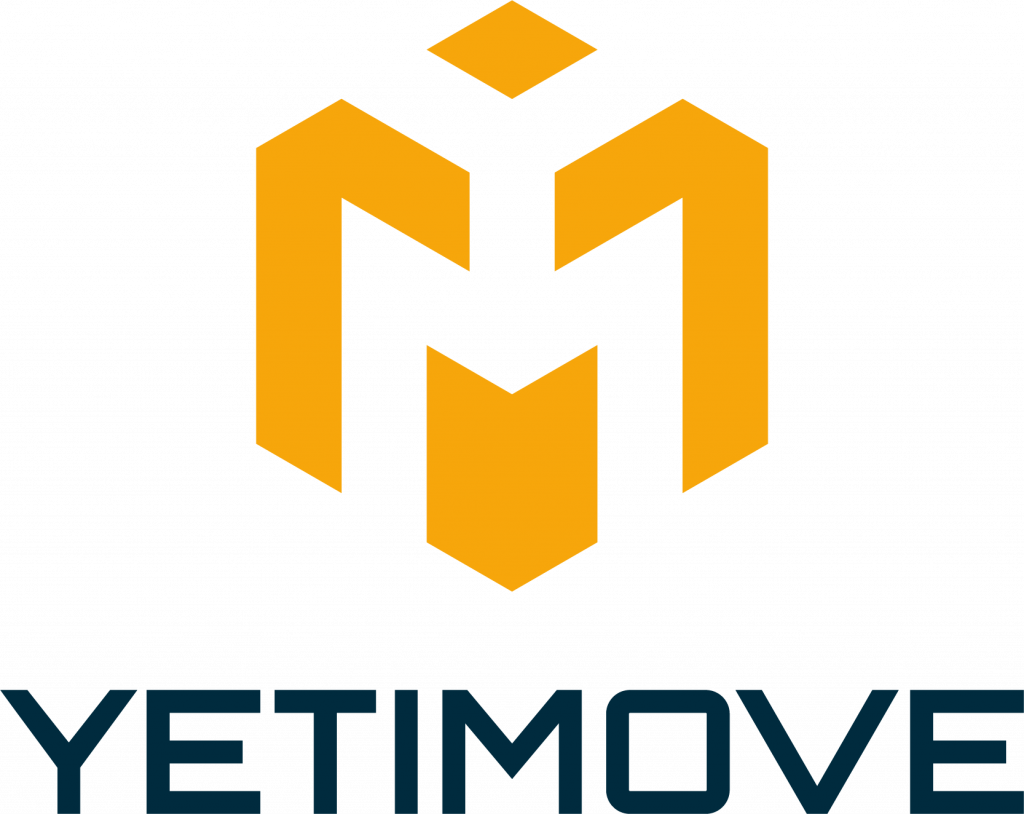
The startup company Yeti Move was established within Semcon in the summer of 2015, starting up as a student project. Several master’s students at Semcon and Yeti Move, and two of the H-SEIF PhD students have been involved in testing and validating research methods on how to collect, build on and learn from information from co-creation sessions and other meeting arenas and tools. In addition, best approach for making them available to users and developers have been a key part of the research.
P-Plan

As a medium-sized company operating Automated Parking Systems (APS), the company aims to increase market share by introducing Condition-Based Maintenance (CBM). We conducted a feasibility study, which reveals that combining conceptual modeling and data analysis is essential to achieving this goal.
University of South-Eastern Norway
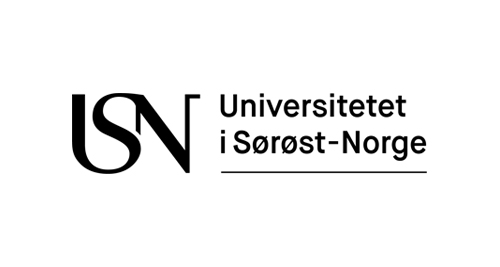
The Systems engineering research activity at USN is designed to advance systems innovations in the Norwegian industry.
Systems engineers help their organizations solve complex problems that do not have an optimal solution or an easy answer. Systems Engineering is context dependent and valuable tacit knowledge remains largely undocumented within the companies and industries.
The Oslo School of Architecture and Design(AHO)
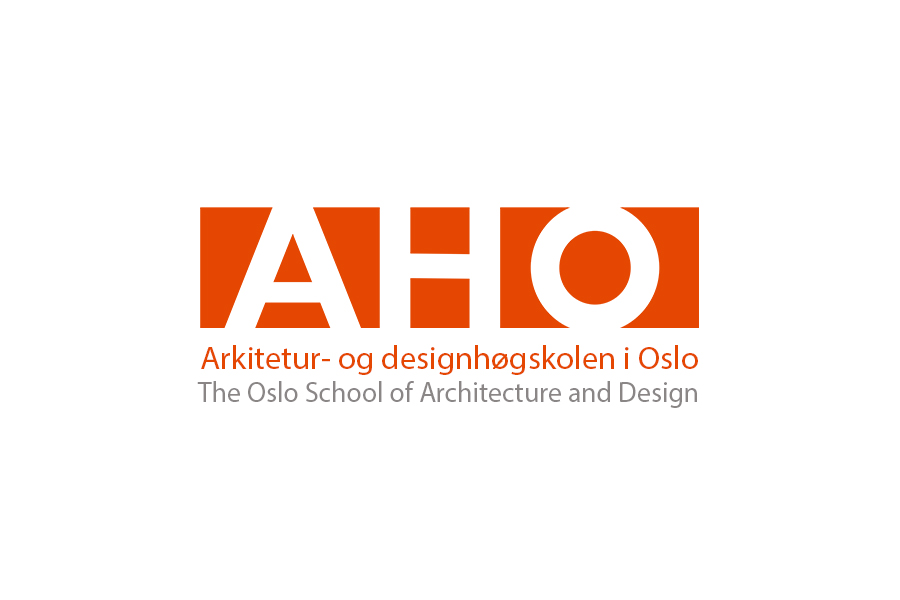
In the H-SEIF 2 project, the Oslo School of Architecture and Design (AHO) has been represented by the head of the System Oriented Design (SOD) group, Andreas Wettre, and some students.
SOD is about managing complexity, and we have many projects related to complexity within the public sector, sustainability, and regenerative design.
